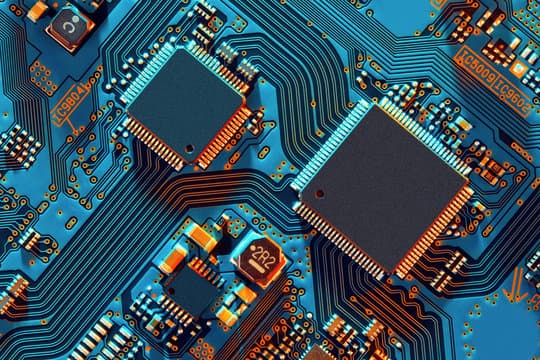The Invisible Budget Drain
When calculating PCB design costs, most organizations focus solely on designer hours. However, this narrow view misses the substantial hidden costs that plague manual design processes. These invisible expenses can often exceed the direct labor costs by 2-3x, eroding your margins and extending project timelines.
The Real-World Challenges We're Seeing
Working with design shops across the industry, we consistently observe these costly pain points:
1. The Requirements Carousel
Mid-project marketing requirement changes are inevitable. With manual processes, each change triggers a cascade of rework – repositioning components, rerouting traces, and revising documentation. What should be a simple update becomes a multi-day ordeal.
2. Schematic Component Grouping Headaches
Manual component grouping leads to suboptimal placement, creating longer trace paths, increased crosstalk, and signal integrity issues. Engineers often spend days iterating on placement scenarios, with each change affecting multiple interconnected systems.
3. Stackup Guesswork
Selecting the optimal stackup configuration manually requires expertise and time. We see teams spending 15-20 hours evaluating options, only to discover buildability issues during manufacturing. One client experienced a three-week delay after their manually designed stackup proved impossible to manufacture cost-effectively.
4. The Iteration Tax
Each design iteration consumes approximately 20-40 hours of engineering time. Most projects require 3-5 iterations before finalization, meaning up to 200 hours spent on repetitive tasks instead of innovation.
5. The "Unbuildable Board" Scenario
Perhaps most costly is discovering that a completed design can't be manufactured within budget constraints. This reality check often comes after weeks of work, forcing teams to restart with different parameters or compromise on performance.
The Automation ROI Calculator
Let's translate these challenges into tangible numbers:
| Cost Factor | Manual Process | Automated Process | Savings |
|---|---|---|---|
| Design iterations | 4 iterations × 30hrs × $30/hr = $3,600 | 4 iterations × 6hrs × $30/hr = $720 | $2,880 |
| Requirement changes | 5 changes × 15hrs × $30/hr = $2,250 | 5 changes × 2hrs × $30/hr = $300 | $1,950 |
| Time-to-market delay | 3 weeks × $10,000/week = $30,000 | Minimal delays = $5,000 | $25,000 |
| Total Per Project | $29,830 |
Note: Calculations based on industry averages for medium-complexity boards. Your actual savings may vary based on design complexity and team structure.
The Automation Advantage
Implementing PCB design automation delivers benefits that extend far beyond time savings:
⚡ Faster Design Cycles
Automated processes reduce design iteration time by up to 40%, dramatically accelerating time-to-market. What once took weeks can now be completed in days.
🛡️ Error Reduction
Automation prevents common DFM issues with intelligent design rules and compliance checks, reducing manufacturing delays and cost overruns.
🧠 Engineer Productivity
Your valuable engineering resources can focus on critical design decisions and innovation rather than repetitive tasks, increasing job satisfaction and retention.
🔒 Design Privacy
With local processing, your intellectual property remains secure while still benefiting from advanced automation capabilities.
Making the Transition
The transition to automated PCB design doesn't require disruptive changes to your existing workflow. Modern automation solutions integrate seamlessly with Altium and Cadence environments, allowing design teams to adopt incrementally and see immediate ROI.
Take the Next Step
Ready to eliminate the hidden costs dragging down your PCB design process?
Contact our team for a customized ROI assessment